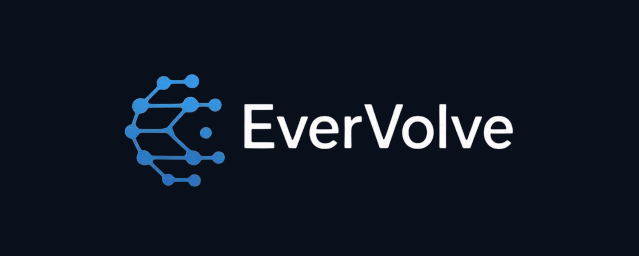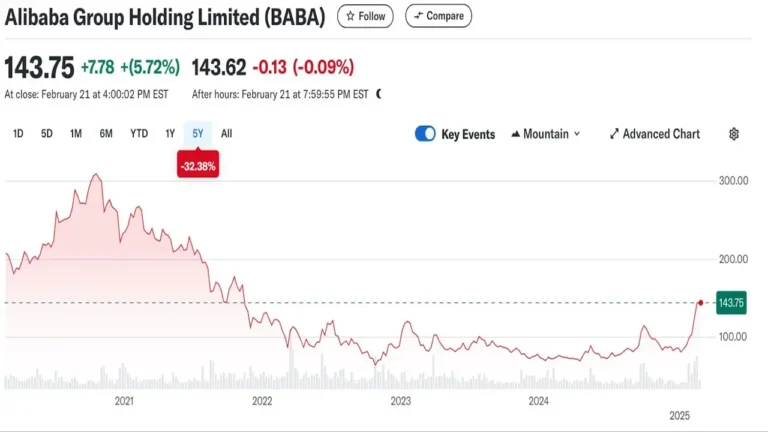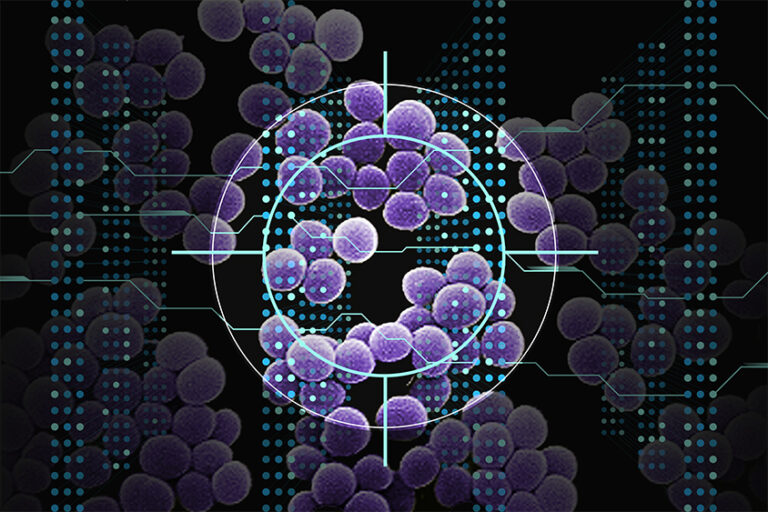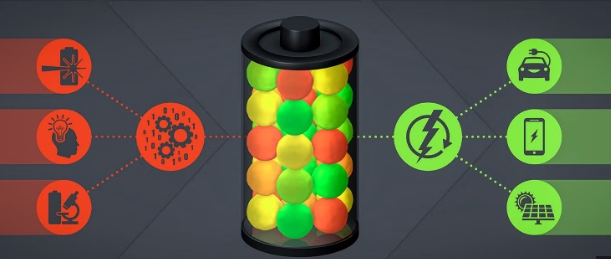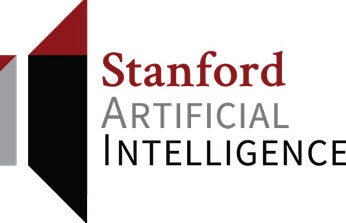Latest Breakthroughs in AI-Powered Cybersecurity Transform Defense in 2025

Artificial intelligence (AI) has become an indispensable force in the cybersecurity landscape, enabling rapid detection, precise threat analysis, and real-time automated defenses against increasingly sophisticated cyberattacks. Recent breakthroughs in AI-driven cybersecurity technologies are reshaping how organizations protect their digital environments from relentlessly evolving threats.
One of the most remarkable advancements is the development of AI agents capable of proactive vulnerability discovery and real-world threat mitigation. For instance, Google’s Big Sleep agent combines threat intelligence with autonomous scanning to identify zero-day vulnerabilities before attackers exploit them. Recently, Big Sleep detected a critical flaw in SQLite (CVE-2025-6965), which had been known only to malicious actors, and helped prevent its use in active attacks. This milestone marks the first known case where an AI agent directly foiled a real-world exploitation attempt, demonstrating the transformative potential of autonomous AI vulnerability research.
Ad Content
Beyond identifying vulnerabilities, AI-powered platforms now dramatically accelerate threat detection and incident response. By continuously analyzing network traffic, user behavior, and system logs, AI models identify subtle, previously unknown attack patterns faster than human analysts. Automation enables these systems to isolate compromised devices, terminate malicious processes, and initiate containment protocols within milliseconds during an attack, greatly reducing damage and shortening recovery time. This speed and precision are critical as ransomware, phishing, and malware campaigns grow ever more targeted and operationally complex.
The rise of multi-agent AI systems—also known as “agent swarms”—is another breakthrough that enhances cybersecurity effectiveness. In these systems, multiple autonomous agents collaborate to tackle complex detection and mitigation tasks, sharing information and adapting tactics in real time. However, the interconnectedness of AI agents also introduces new cybersecurity risks, such as data poisoning, prompt manipulation, and unauthorized actions. Security teams are thus focusing heavily on secure-by-design architectures and robust governance frameworks to ensure AI agents operate safely and transparently.
AI’s role in identity verification and access control has become central amid expanded remote work and cloud adoption. User and Entity Behavior Analytics (UEBA), empowered by AI, continuously monitor login patterns and resource access to detect credential theft or insider threats. This underpins Zero Trust security models that assume no user or device is trusted by default, significantly improving defenses against lateral movement inside networks in case of breaches.
However, the cybersecurity ecosystem faces a dual-use challenge. Cybercriminals increasingly harness AI capabilities for automated social engineering, deepfake impersonations, and large-scale reconnaissance. This AI-augmented threat landscape mandates rapid innovation on the defensive side to keep pace. Governments are investing in AI-powered cybersecurity initiatives that combine machine learning-based threat hunting with policy frameworks targeting AI system security and adversarial attack mitigation.
In the coming years, organizations that integrate AI-powered cybersecurity tools effectively, combined with strong human oversight and ethical AI principles, will be best positioned to prevent breaches and protect critical assets. The convergence of AI and cybersecurity is not only enhancing defense mechanisms but also setting new standards for resilience in the face of a continuously shifting threat environment.
2025 is witnessing revolutionary AI advancements that empower cybersecurity teams with unprecedented capabilities in threat detection, automated response, and vulnerability management. While adversaries also exploit AI, the rapid evolution and deployment of sophisticated AI defense systems offer hope for stronger, smarter, and more adaptive cybersecurity across industries worldwide.
Enjoyed this post?
Subscribe to Evervolve weekly for curated startup signals.
Join Now →
